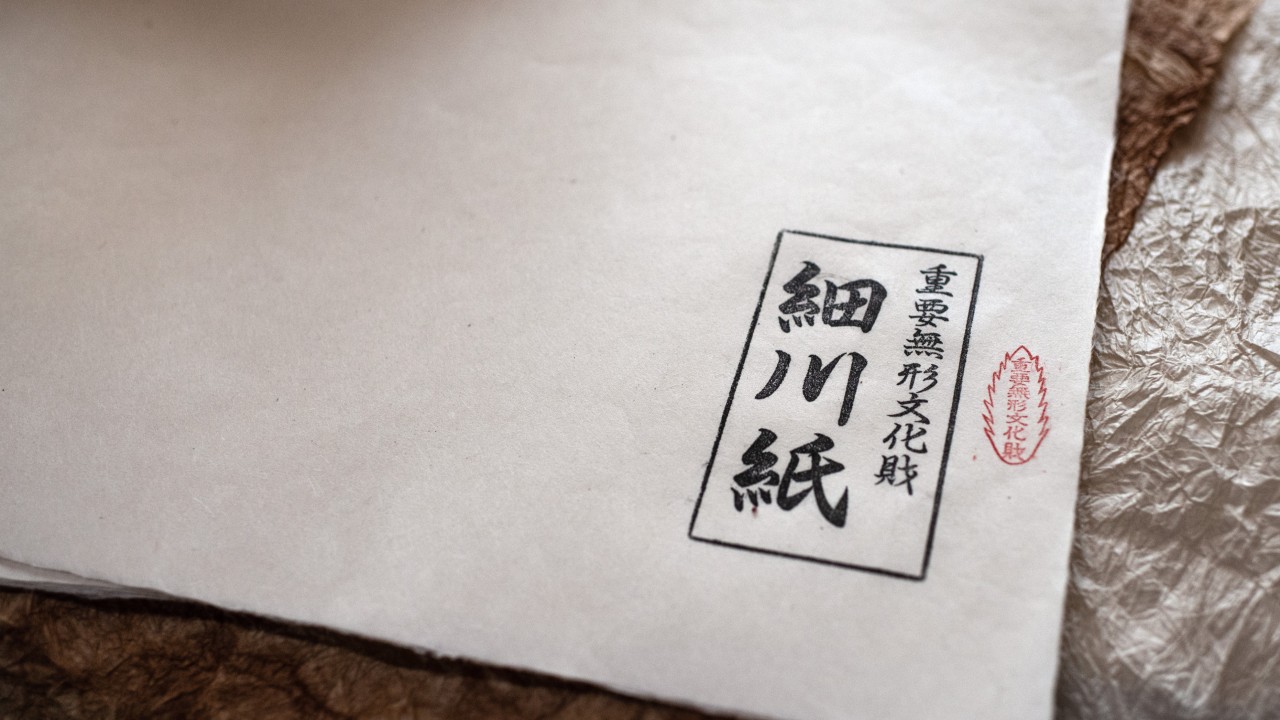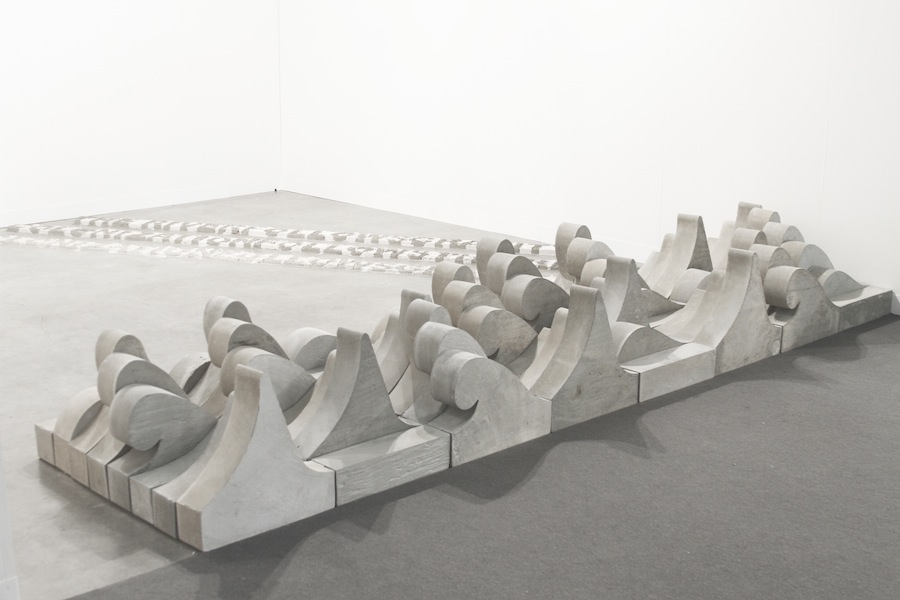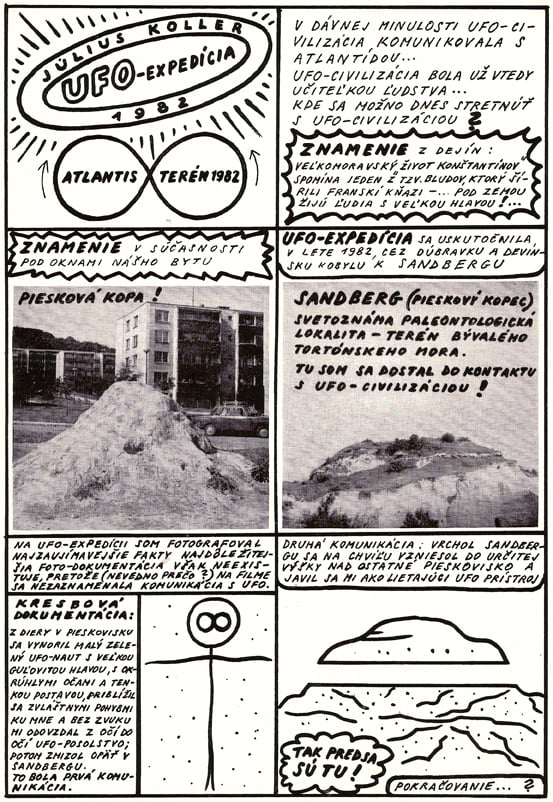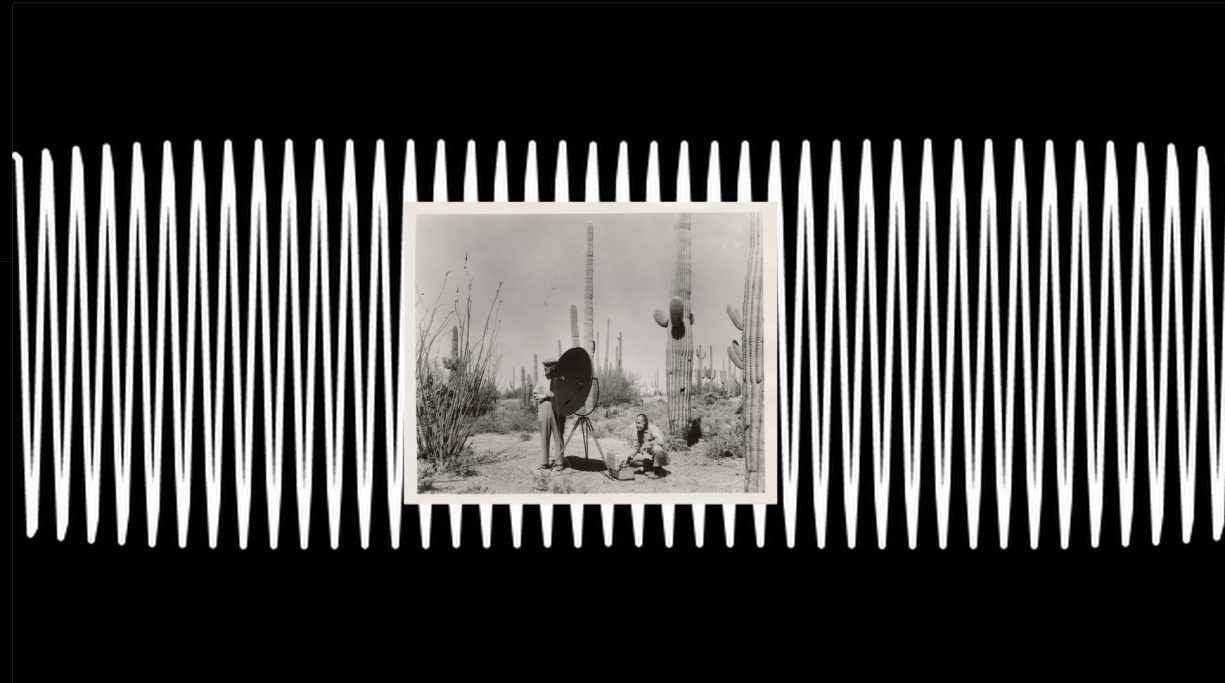UFO-Expedition (U.F.O.)
1982 - Drawing & Print (Drawing & Print)
29,2 x 21 cm
Julius Koller
Wordplay was a central focus of Koller’s work, in particular the acronym U. F. O., which he adapted in his diagrammatic drawings to stand variously for Univerzálna Futurologická Organizácia (Universal Futurological Organization, 1972–3), Univerzálny Filozoficky Ornament (Universal Philosophical Ornament, 1978) or Underground Fantastic Organization (1975), and which also appeared in a series of slapsticky self-portraits titled ‘U. F. O.–naut’ (1970–2007). These infinite variations on a common cipher constituted an insistent incantation of the Utopian principle. Friedrich Nietzsche argued that to realize a fundamental critique of ‘bad faith’ means to move beyond cynicism and embrace a radical optimism that exceeds the petty dialectics of expectation and disappointment. In his approach to life and art as the U. F. O.–naut, Koller embodied precisely this: he actualized the potential of his imagination as a form of existential agency. As we get entangled in the strange possibilities of art and ideas, we all become U. F. O.–nauts and are deeply indebted to Koller, our patron saint of U. F. O.–nauts.
In its stringency, obsession and peculiarity, the oeuvre of Julius Koller is one of the most idiosyncratic and consistent in European art since the 1960s. Yet Koller is not only a seminal figure in the history of the neo- and post-avant-garde; his work has long been a critical inspiration for artists and intellectuals. In the most recent past, Koller’s concepts of the Anti-Happening, the Anti-Picture, the Universal-cultural Futurological Operation (U.F.O.), his actions, objects, texts and the enormous referential archive he built up, have attracted growing interest on the part of a broader art public. From around 1960, in response to the modernist mainstream in Slovak art, Julius Koller began to develop his aesthetic position of the “antihappening.” His strategy consists in using real objects and everyday life as the predefined program for an aesthetic operation: from 1965, in texts rubberstamped on paper that refer to the context of the “anti-happening,” and then in 1967/1968 in pictures for which Koller used white latex paint instead of oils and which saw the first appearance of the question mark—the symbol of Koller’s brands of naming, or “making known,” that was later to undergo many mutations in various media and states of aggregation. The “invitation cards for an idea”—as Koller called the text works relating to the “anti-happenings”—and the palimpsests and serial arrangements of the “anti-pictures” set themselves apart from the academicism of Modernism in more than just formal terms. Koller foregoes every form of technical mastery. The “anti-pictures” are amateurish in style, ensuring that they fulfill their task, defined by Koller as “engaging rather than arranging.” Julius Koller was born in 1939 in Piestany, Slovakia. He died in 2007 in Bratislava.
Colors:
Related works sharing similar palette

© » ARTS EQUATOR
SDEA Theatre Arts Conference Keynote Interviews: Drama lessons in a pandemic (Part 1) | ArtsEquator Thinking and Talking about Arts and Culture in Southeast Asia ArtsEquator Viewpoints May 2, 2021 By Sarah Tang SDEA is holding its first fully online Theatre Arts Conference this year from 22 to 30 May...

© » KADIST
Sheroanawe Hakihiiwe
2019Wateoma husipe / Larvas de oruga / Caterpillar larvae by Sheroanawe Hakihiiwe exemplify his most abstract work, where he choses particular elements of a living organism to create his renditions...

© » SOUTH CHINA MORNING POST
All about washi: Japanese handmade paper’s ancient Chinese roots, its uses from writing to home decor, and why it can cost US$120 a sheet | South China Morning Post Advertisement Advertisement Asia travel + FOLLOW Get more with my NEWS A personalised news feed of stories that matter to you Learn more Sheets of Hosokawa-shi, a type of Japanese washi recognised by Unesco as an item of intangible cultural heritage...

© » KADIST
Gan Chin Lee
2019In Studies of Chinese New Villages II Gan Chin Lee’s realism appears in the format of a fieldwork notebook; capturing present-day surroundings while unpacking their historical memory...

© » KADIST
James "Yaya" Hough
2016This untitled ink and pencil drawing by James “Yaya” Hough is made on what the artist calls “institutional paper”, or the state-issued forms that monitor the daily activities of prisoners, of which, each detainee is generally required to fill out in triplicate...

© » ARTS EQUATOR
How the Singapore literary ecosystem tackles mental health | ArtsEquator Thinking and Talking about Arts and Culture in Southeast Asia ArtsEquator Viewpoints December 27, 2021 By Sarah Tang (1,450 words, 5-minute read) cw: Contains mentions of suicide There appears to be more local books and writing about mental health in the Singapore lit scene in recent years...

© » KADIST
Felipe Arturo
2012Primero estaba el mar ( First Was the Sea , 2012) is a system of equivalences between syllables and silhouettes of waveforms cast in cement...

© » KADIST
Daniel Gustav Cramer
2020David Gustav Cramer’s are composed of simple, descriptive texts accompanied by found photographs, letters or other materials...

© » KADIST
Sin Wai Kin
2017A woman you thought you knew by Sin Wai Kin originates from a performance series titled A View from Elsewhere ...

© » LENS CULTURE
49/23 — Considering Technology, AI and Photography - Photographs by Gregory Eddi Jones | Interview by Liz Sales | LensCulture Feature 49/23 — Considering Technology, AI and Photography In his new thought-provoking series “49/23,” Gregory Eddi Jones considers the implications of rapidly advancing technology by intertwining vintage photography and AI-generated images...

© » LENS CULTURE
Cultural Changes at the Coldest Place on Earth — A Photo Story from Yakutsk - Photographs by Alex Vasyliev | Essay by Marigold Warner | LensCulture Feature Cultural Changes at the Coldest Place on Earth — A Photo Story from Yakutsk Photographer Alexey Vasyliev offers an intimate look into the life and changing culture of the Evens, an indigenous tribe in his hometown of Yakutsk — one of the coldest places on Earth...

© » KADIST
Andrea Bowers
2010The small drawings that comprise Study from May Day March, Los Angeles 2010 (Immigration Reform Now) and We Are Immigrants Not Terrorists are based on photographs taken at a political rally in downtown Los Angeles in which thousands of individuals demonstrated for immigrants’ rights...

© » KADIST
Shilpa Gupta
2009In Untitled (Sword) , addressing histories of colonialism with abstraction, a large steel blade extends from the gallery wall...

© » KADIST
Charles Gaines
1980To make his series Shadows (1980), Gaines subjected 20 potted plants to a uniform procedure...

© » KADIST
Ho Tzu Nyen
2011The Cloud of Unknowing (2011) is titled after a 14th-century medieval treatise on faith, in which “the cloud of unknowing” that stands between the aspirant and God can only be evoked by the senses, rather than the rational mind...





